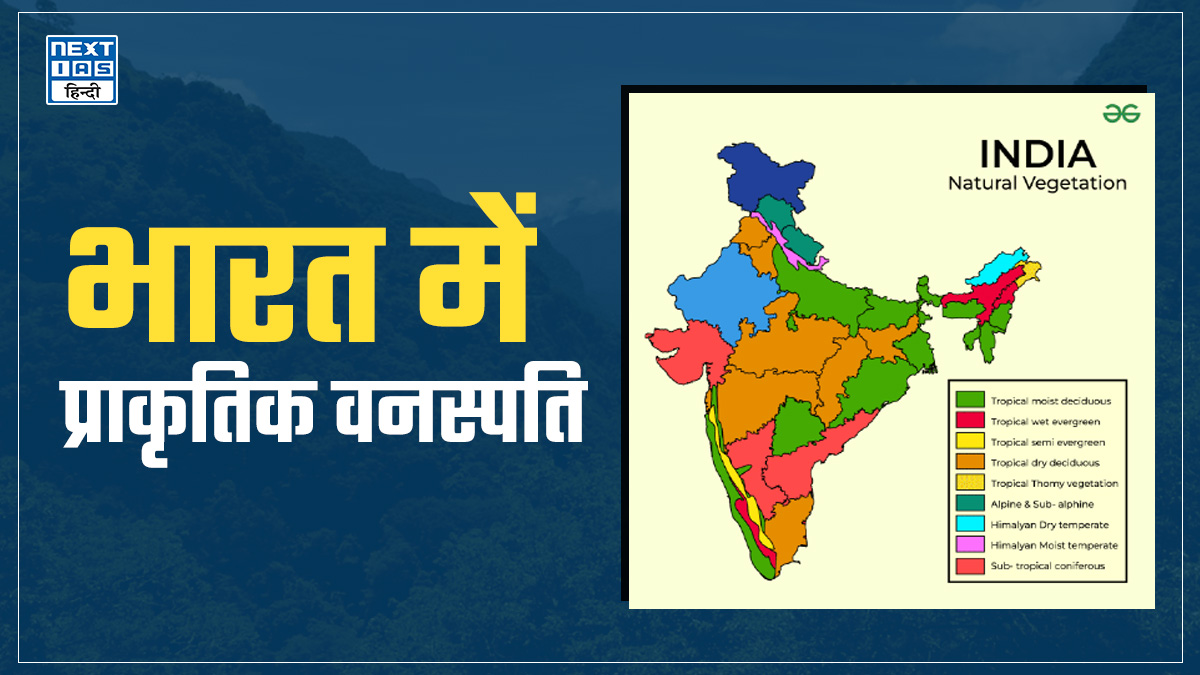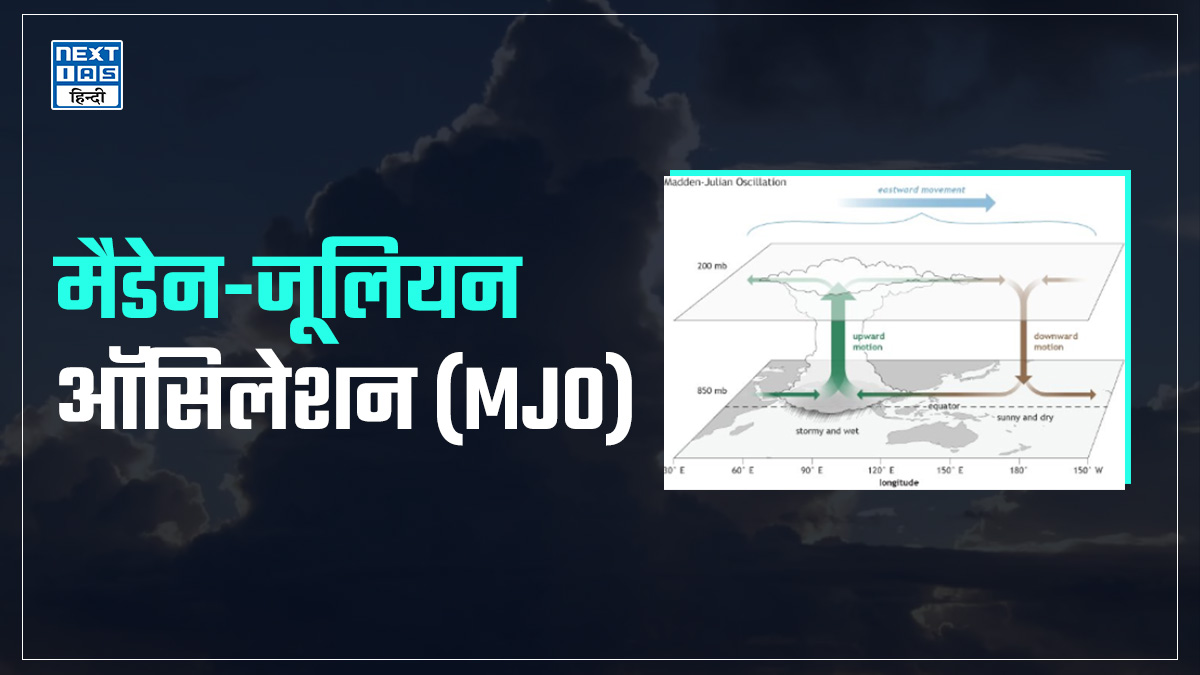
The Land Revenue Policy implemented by the British in India was a cornerstone of colonial administration, primarily designed to maximise revenue collection from Indian agriculture. This policy led to the establishing of three major land revenue systems—the Permanent Settlement, Ryotwari Settlement, and Mahalwari System—each shaped by the need to generate income for the British East India Company and later the Crown. This article aims to study in detail the British Land Revenue Policy in India, exploring its various systems—Permanent Settlement, Ryotwari, and Mahalwari—and examining their profound impacts on Indian agriculture, society, and economy.
About Land Revenue Policy of British India
- Since immemorial times, the Indian state has taken a part of the agricultural produce as land revenue.
- It has done so directly through its servants or indirectly through intermediaries, such as zamindars, revenue farmers, etc., who collect the land revenue from the cultivator and keep a part of it as their commission.
- These intermediaries were primarily collectors of land revenue, although they sometimes owned some land in the area from which they collected revenue.
- All the significant changes in the administration and judicial system till 1813 were geared toward collecting land revenues.
- The company needed Indian revenue to pay for its purchase of Indian Handicrafts and other goods for exports, meet the cost of the conquest of India and the consolidation of British rule, and pay for the employment of thousands of Englishmen in superior administrative and military positions at salaries that were fabulous by contemporary standards.
- Thus, the main burden of providing money for all the company’s trade and profits, the cost of administration, and the wars of British expansion in India had to be borne by the Indian peasant or ryot.
- The British could only have conquered such a vast country as India by taxing the peasants heavily.
Need for a Land Revenue System
- By the Treaty of Allahabad of 1765, the company secured Diwani rights in Bengal, Bihar, and Odisha–in other words, absolute control over the lucrative resources of the prosperous Bengal Subah.
- The colonial characteristics of British rule required a mechanism to secure maximum profit.
- The old revenue settlements introduced had no scientific and rational methods.
The three types of land revenue systems have been discussed in detail in the following section.
Permanent Settlement System
- In 1772, Warren Hastings introduced a new system known as the Farming System. European District collectors were to be in charge of revenue collection, while the revenue collection right was framed out to the highest bidders.
- Cornwallis realised that the existing system was impoverishing the country, ruining agriculture, and not producing the large and regular finance the company hoped for.
- Company trade also suffered because of the difficulty in procuring Indian goods for export to Europe.
- Silk and cotton, two of the company’s major export items, were mainly agro-based, while the decline in agriculture also affected handicraft production.
- It was thought that the only way to improve this situation was to fix the revenue permanently. These prevailing situations led to the Permanent Settlement of 1793, which introduced in Bengal the policy of ‘assessment forever’.
- Under the permanent settlement in 1793, the zamindars were required to issue pattas to the farmer, which were not issued by many of the zamindars as there was no official check upon the zamindars.
- The Government of Bengal introduced the Bengal Tenancy Act of 1885, which described the rights of landlords and tenants.
Features of Permanent Settlement System
- Zamindars were recognised as the owners of the land and given the right to collect land revenue. Ownership rights were hereditary and transferable.
- The amount of revenue to be paid by the zamindars to the company was decided through the bidding process—10/11th to the company and the rest to be kept by the zamindars.
- Zamindars were to issue Patta (Title deal) or Qubuliyat (deal of acceptance) to the peasantry.
- Sunset law–confiscation of Zamindar’s land if he failed to deposit revenue before the sunset of the day fixed for the purpose.
- Later, zamindars were empowered to remove the peasant from their land if they failed to deposit the land rent to them.
Outcomes of Permanent Settlement System
- The company has no fixed income, and many Zamindars still need to deposit the revenue.
- There was no freedom from responsibility as the company had to resettle the land confiscated from the zamindars.
- Zamindars became the biggest enemy of the company–dispossessed zamindars led many revolts.
- Many zamindars lost their lands.
- Agriculture and peasantry suffered the most.
- Low/No investments in agriculture were made.
- The exploitation of peasants rose exponentially.
- There was a drastic increase in rural indebtedness.
- Increase in poverty and famine.
- A new situation of Absentee landlordism arose.
- Frequent sale of Zamindaris.
Impact of Permanent Settlement System
- Productivity improved to some extent after 1819. By that time, zamindar had stopped relying on unrealistic bids.
- Senior zamindar made some investments and increased production to some extent thus also getting stable returns.
Limitations of Permanent Settlement System
- It was a product of the colonial regime.
- Increased preference for urban zamindars subsequently led to exorbitant bids and unrealistic targets.
- Its mechanism provided space for the greediness of zamindars.
Ryotwari Settlement
- Ryotwari Settlement refers to a system of land revenue in which revenue was assessed and collected by treating individual peasants as a unit.
- Thomas Munro introduced the Ryotwari system in 1820 during the Madras presidency and Mountstuart Elphinstone in 1825 during the Bombay presidency.
Factors and Forces of Ryotwari Settlement
- The failure of permanent settlement.
- The influence of utilitarianism.
- A need was felt for a mechanism where land revenue could be increased periodically and not fixed as in permanent settlement.
- Shortage of funds at the disposal of the Madras government
- Revenue could be increased by removing intermediaries.
- ‘Ryotwari system was best suited to Indian condition where peasants had only a small tract of land’ –Thomas Munro.
- Unavailability of a sizeable Zamindar class.
Features of Ryotwari Settlement
- Revenue was assessed and collected at the level of an individual peasant. However, it did not allow peasants to own land.
- The survey and measurement method was used to assess land revenue.
- The quality of land was taken into account at the time of assigning land revenue.
- Land revenue was fixed between 1/3rd to 2/3rd of total produce.
- Peasants could refuse cultivation on a piece of land if the revenue demand was enormous.
Impact of Ryotwari Settlement
- Now, the burden of exploitation shifted directly to ordinary peasants.
- Dealt with inflation in production estimated assessment–on production land revenue was increased to greater than 80% of total production; thus, peasants started refusing cultivation.
- Land lost its market value–as land cultivation was not profitable after increased land revenue.
- Agriculture production fell considerably.
- Rural indebtedness–the menace of money lenders (peasants took loans to pay land revenues).
Mahalwari System
- Under Mahalwari Systemt, revenue arrangement was made by taking the whole village as a unit.
- It was introduced in 1819 based on a report prepared by McKenzie on Ganga Valley, central India, NWFP, and Punjab.
Features of Mahalwari System
- The whole village was taken as a unit.
- The village headman was to collect revenue from the villagers.
- Village headmen enjoyed the authority to take away the land of peasants if they failed to pay land revenue.
- Demand for land revenue was two-thirds of total produce.
- Settlement made for 30 years at a time.
Impact of Mahalwari System
- Similar to Permanent settlement and the Ryotwari system.
- Destruction of agriculture.
- The suffering of peasants caused by the Mahalwari settlement played an important role in intensifying the discontent and revolt of 1857.
- Land passed into the hands of moneylenders and merchants.
Conclusion
The British Land Revenue Policy in India left a lasting impact on the social and economic fabric of Indian society. Through mechanisms like the Permanent, Ryotwari, and Mahalwari systems, the colonial administration not only reshaped land ownership patterns but also intensified exploitation and contributed to the impoverishment of Indian peasants. This exploitation sowed seeds of discontent, fueling resistance movements and revolts that culminated in the uprising of 1857. These policies set the stage for long-term consequences that continued to affect India’s agrarian landscape even beyond the colonial era, making them a pivotal chapter in the history of British India.
GS - 1




